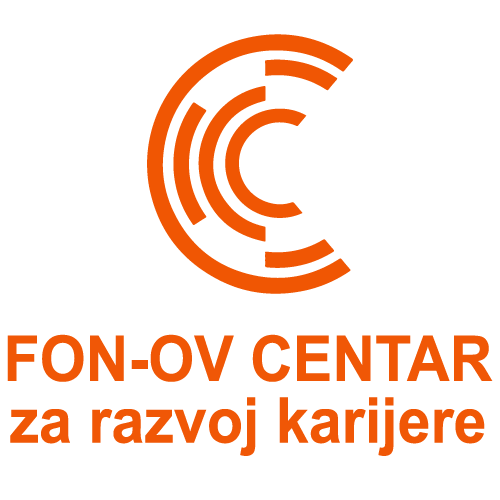Prime and Conversion Costs Managerial Accounting

For example, if the direct labor cost is https://www.bookstime.com/articles/what-are-t-accounts $50,000 and the manufacturing overhead cost is $40,000, the total conversion cost is $90,000. Conversion Costs can be defined as the aggregated costs that include direct labor, and manufacturing overhead costs. They are referred to as the manufacturer’s production related cost, which does not include the costs incurred in production of direct materials. For the weighted average method, applying costs is relatively simple. You apply costs by multiplying the rates for direct materials, conversion costs, and transferred-in cost by (1) ending WIP equivalent units and (2) completed units.
- After determining both labor and overhead costs, add them together to obtain the total conversion cost for the given period.
- Direct labor is the cost of wages of factory employees who assemble the cabinets.
- To find the conversion cost per unit, divide the total conversion cost by the number of units produced.
- Direct material cost encompasses the expenses related to raw materials used in production.
- The inventory will be requisitioned for each department as needed.
- Conversion Cost is the total money a company spends to transform raw materials into finished products.
Is conversion cost the same as total manufacturing cost?
Manufacturing overhead includes all other production costs that cannot be directly attributed to labor or materials. It covers expenses such as factory rent, utilities, equipment maintenance, and indirect labor (e.g., supervisors, quality control personnel). Calculating manufacturing overhead can be complex, as it involves allocating costs across various production activities.
- Analyzing conversion cost variance involves investigating the reasons behind the variance and identifying the specific cost components that contributed to it.
- In a typical manufacturing process, direct manufacturing costs include direct materials and direct labor.
- Remember that while direct costs are visible, overhead costs quietly shape the financial health of an organization.
- For example, during the month of July, Rock City Percussion purchased raw material inventory of \(\$25,000\) for the shaping department.
Conversion Cost Examples
- In summary, reducing conversion costs requires a holistic approach that combines technical optimization, strategic marketing, and continuous monitoring.
- Although it will depend on how you choose to define conversions, most of the time, that term applies to the number of sales made.
- A conversion cost is the total amount of cost it takes to bring a manufactured product from the raw material into a completed good.
- Or, a block of wood is placed on the assembly line (where worked then convert it into the finished product).
- The company wants to know its conversion cost from the following mentioned information.
- Both provide an overview of the company’s expenses that affect the production process and help the company make favourable financial decisions.
Conversion costs reflect a company’s total amount spent converting raw materials into fully-furbished products. It includes the direct labour costs and the amount spent on indirect factors like electricity bills, factory rent, etc., which cannot be directly traced down to the production of a single unit. Conversion costs are beneficial, especially for manufacturing businesses which have to deal with conversion on a large scale daily. They help the company to take important financial decisions and help them to bring efficiency to the production system. Direct labor, as mentioned above, refers to the salaries of production workers.
Why Are Conversion Costs Important?

Direct labor costs include the salaries, wages, and benefits paid to employees who work on the finished products. Compensation paid to machinists, painters, or welders is common in calculating prime costs. The two components of prime cost formula are direct materials and direct labor. In summary, conversion cost is a dynamic interplay of labor, materials, overheads, technology, and process efficiency. Businesses conversion costs must continually evaluate these factors to optimize their production processes, enhance quality, and remain competitive. Remember, the pursuit of cost-effective conversion doesn’t compromise product excellence—it ensures sustainable growth and customer satisfaction.

The software is free to signup and gets implemented within a week. As time passes, there will be more ways to gauge your campaign’s performance. And the best you can do is stay updated and make great use of these metrics. Also, make sure you don’t confuse cost per conversion with other similar terms. After all, you save a lot of ad spend that could have gone to waste. But how can negative keywords help you reduce your conversion cost?

2.1 Overview of Process Costing
But how do you know if your conversion cost is suitable for your business? And this means, if you consider someone subscribing to your blog as a conversion, that’s what you are counting here. The conversion cost tells you how much you are spending on average to convert one customer.

As we discussed, people commonly refer to conversion cost as cost per conversion. Between CPC and cost per click, which is an entirely different metric. It is a metric that can help you get a better return on your marketing investments. A digital marketing agency runs paid advertising campaigns for its clients.

Compare the conversion cost per unit with the accounting previous periods, the industry average, or the target cost to evaluate the performance and efficiency of the production process. Manufacturing cost is the cost that company spends to support the production process but they cannot allocate to each product. They are the indirect cost that incurs to support the manufacturing, but it is very challenging to apply the cost to each production unit.

